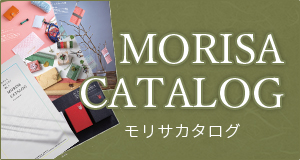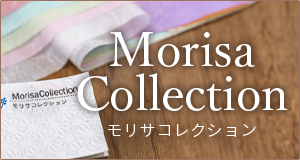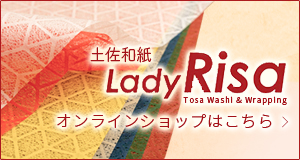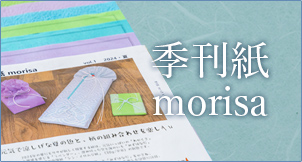History of Washi
Many of you may remember learning in world history that “paper began with papyrus.
This is called “pseudo-paper” because it differs from today’s paper in its manufacturing method, which is a primitive method of crimping the fibers of the perennial papyrus plant.
Since papyrus was invented by the ancient Egyptian civilization around 3000 B.C., “pseudo-paper” has been produced from various raw materials in Asia Minor, India, Southeast Asia, Micronesia, and Central America.
The oldest known paper is said to be hemp paper, which was made during the reign of Emperor Wudi in Western Han (China) around the 2nd century B.C. It is considered one of China’s four great inventions. It is considered one of the “Four Great Chinese Inventions” because it is made by bonding (hydrogen bonding) cellulose molecules of plant fibers with the action of water.
About 300 years later, Cai Lun innovated and mass-produced high-quality paper.
This made paper a major commodity for trade in the west, and it spread through the Silk Road to Iraq in 793 and to Europe during the 12th and 13th centuries, reaching England in 1490.
According to the Nihon Shoki (Chronicles of Japan), paper was introduced to Japan earlier than the West, in 610, by the Goguryeo monk Dongchang, along with ink and paint.
There is also a theory that the papermaking method was introduced earlier, in the 4th and 5th centuries, and that document recording and family register creation had already begun under the Yamato regime.
At the time, Japan was focusing on the rise of Buddhism, and the paper used to copy Buddhist scriptures quickly spread throughout the country, leading to the development of many unique Japanese decorative techniques, such as dyeing and gold, silver, and mica leaf scattering.






